analysis Asia
Why are some Southeast Asian states buying Turkish warships, jets and missiles?
Turkish arms deals and deployment by Indonesia, Malaysia and the Philippines have made the news recently, putting the spotlight on this non-traditional source of weapons.
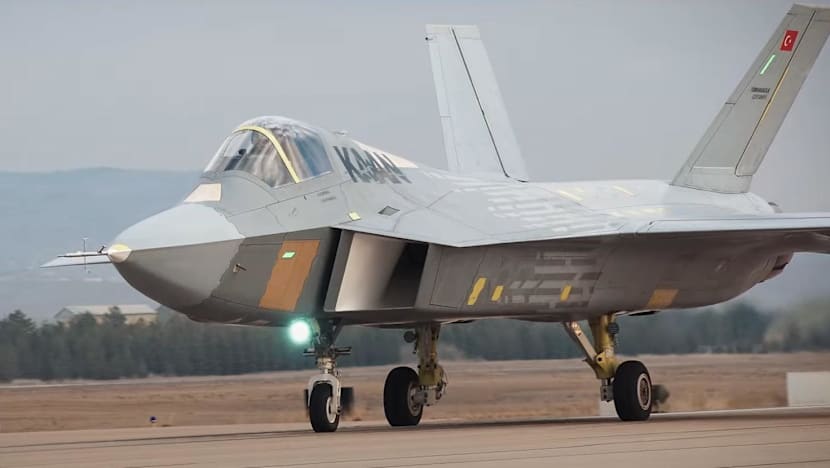
The stealth twin-engine Kaan fighter jet is developed by the state-owned arms manufacturer Turkish Aerospace Industries. (Photo: Screengrab/Turkish Aerospace)

This audio is generated by an AI tool.
KUALA LUMPUR: From drones to naval warships, missile systems and even fifth-generation fighter jets, a new supplier in Southeast Asia's defence landscape has been making the news of late: ░š├╝░∙░ņŠ▒▓Ō▒.
Announcements of Turkish arms contracts, delivery and deployment by Indonesia, Malaysia and the Philippines recently have put the spotlight on this non-traditional source of weapons for Southeast Asian countries, which have tended to rely on Western-made systems previously.
Analysts say a convergence of factors makes ░š├╝░∙░ņŠ▒▓Ō▒ŌĆÖs weapons appealing.
These include affordability, combat-ready platforms that come with the added benefits of technology transfer, co-production schemes, and fewer political strings attached as Ankara seeks more markets.
But the experts also warn of potential challenges such as maintenance and interoperability with other weapons.
Khairul Fahmi, a military analyst at Jakarta-based Institute for Security and Strategic Studies, told ┬ķČ╣┤½├Į that Southeast Asian countries should view Turkish products as part of their defence portfolio, and not as a single replacement for other suppliers.
ŌĆ£The measure of success for this cooperation will not simply be how many platforms are purchased, but rather how combat readiness, system availability, and the long-term ability to operate and maintain them can be preserved,ŌĆØ he said.
Similarly, Jamil Ghani, a doctoral candidate at Singapore's S Rajaratnam School of International Studies (RSIS) told ┬ķČ╣┤½├Į that these new partnerships with ░š├╝░∙░ņŠ▒▓Ō▒ would not displace traditional suppliers overnight.
ŌĆ£They do however add a new layer of complexity to the regionŌĆÖs defence landscape - both in terms of capability and strategic hedging,ŌĆØ said Jamil, whose areas of research include Malaysian foreign and national defence policies.
GLOBAL EXPANSION OF TURKISH ARMS
░š├╝░∙░ņŠ▒▓Ō▒ is rapidly expanding its influence in the arms industry, with demand for its defence systems - especially drones and naval vessels - coming from major importers like Saudi Arabia, Qatar, Oman, and the United Arab Emirates.
The share of Turkish arms in global exports has increased from 0.8 per cent between 2015 and 2019 to 1.7 per cent between 2020 and 2024, according to the Stockholm International Peace Research Institute - an independent international institute dedicated to research into conflict, among other things.
The five largest arms exporters between 2020 and 2024 were the United States, France, Russia, China and Germany. The five countries accounted for 72 per cent of all arms exports globally.
The Turkish arms industry has experienced explosive growth in the last decade, with exports skyrocketing from US$1.6 billion in 2013 to a record-breaking US$7.2 billion last year, as the country aims to become a major global defence player and a crucial partner for nations looking to diversify their military procurement.
And of late, Southeast Asian countries are part of that conversation too.
In February, Indonesia signed a deal to procure 60 Bayraktar TB3 and nine Akinci drones from ░š├╝░∙░ņŠ▒▓Ō▒'s Baykar, which included setting up a joint venture with Indonesian firm Republikorp to build a drone factory in the archipelago.
Five months later, Indonesia in July inked a contract for two Istif-class stealth frigates from Turkish shipbuilding group TAIS Shipyards.
In the same month, Indonesia signed an ŌĆ£implementation contractŌĆØ to buy 48 KAAN fighter jets from ░š├╝░∙░ņŠ▒▓Ō▒. While financial details were not announced, it has been reported that the contract is worth US$10 billion, one of the biggest ever Indonesian defence contracts awarded.
ŌĆ£Indonesia will not only secure high-tech military equipment, but also gain significant opportunities in developing the capacity of its domestic defence industry,ŌĆØ IndonesiaŌĆÖs defence ministry was quoted as saying by the Jakarta Globe.
KAAN is ░š├╝░∙░ņŠ▒▓Ō▒'s first national combat aircraft, and it completed its first flight in February 2024, but serial production is not expected to begin until 2028.
░š├╝░∙░ņŠ▒▓Ō▒'s defence ministry has called the jet a fifth-generation aircraft and said it will be powered by two General Electric F-110 engines, which are also used in the fourth-generation Lockheed Martin F-16 jets.
IndonesiaŌĆÖs plan for the KAAN aircraft is in addition to the orders of 42 French-made Rafale fighter jets for US$8.1 billion, 24 fighter jets from Boeing and 24 transport helicopters from Lockheed Martin in the US, both for undisclosed sums.
Then in August, defence blogs were abuzz with reports of Indonesia deploying the KHAN ballistic missile system - a 280km-range platform developed by Turkish arms manufacturer Roketsan - in Tenggarong in East Kalimantan, the province that will host the future capital Nusantara.
This makes it the first country in Southeast Asia to publicly operate such a modern tactical ballistic system.
Indonesia had placed its KHAN missile order in November 2022 and is the first military force outside of ░š├╝░∙░ņŠ▒▓Ō▒ to have the missile in its inventory, RoketsanŌĆÖs deputy general manager Murat Kurtulus reportedly said at the time.
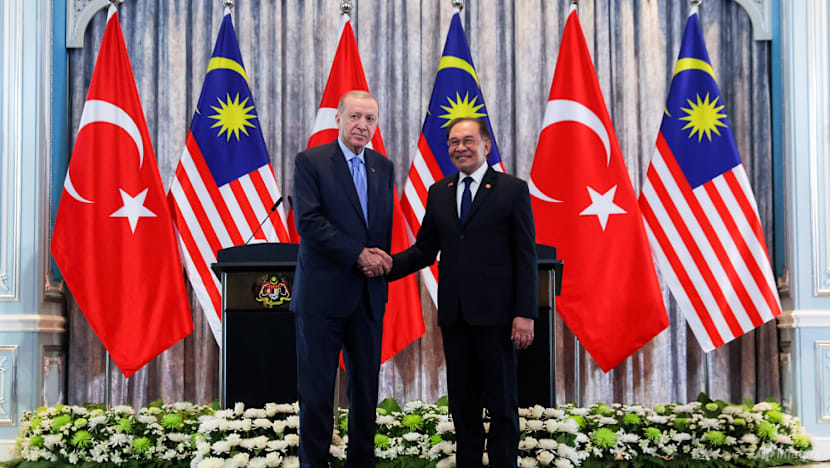
Meanwhile, neighbouring Malaysia's Littoral Mission Ship Batch 2 programme is currently underway with three new vessels based on the Ada-class corvette design being built in ░š├╝░∙░ņŠ▒▓Ō▒.
Under a government-to-government framework, the project is being managed by Turkish defence company STM and will integrate a variety of Turkish defence subsystems, including the Aselsan SMASH 30mm gun and the Roketsan Atmaca anti-ship missile system.
Malaysia has also procured ANKA-S MALE drones - expected to be used in the island of Labuan off the South China Sea.
MalaysiaŌĆÖs Defence Minister Mohamed Khaled Nordin said in July that it was targeting the transfer of defence technology from ░š├╝░∙░ņŠ▒▓Ō▒ in several identified areas by the end of 2024.
He added that technology transfer is crucial for developing MalaysiaŌĆÖs defence industry, led by local companies, particularly in areas such as management systems, maintenance, repair and overhaul of naval weaponry, and the operation of unmanned aircraft.
The Philippines meanwhile had taken delivery of six Turkish-manufactured T129 ATAK attack helicopters - with the final pair commissioned in May 2024.
It was reported that the Philippines had signed the deal worth US$270 million back in 2020.
According to news reports, the helicopter can execute a range of missions, including combat and precision strikes, with the ability to operate in both day and night operations in adverse weather conditions.
ŌĆ£These dedicated attack helicopters are expected to enhance the combat operational capability of PAF (Philippines Air Force) and address the capability gap identified in urban warfare,ŌĆØ the PAF was reported as saying in 2024.
Jamil of RSIS noted that Turkish defence companies are now regular fixtures at regional defence shows such as the Defence Service Asia Exhibition and Conference 2024 expo in Kuala Lumpur where manufacturers such as Aselsan and STM exhibited new systems.
He also pointed to the Langkawi International Maritime and Aerospace Exhibition 2025, where 17 Turkish companies participated and inked multiple Memorandums of Understanding (MOUs) with Malaysian counterparts and provided sustained exposure across the region, including to Thai and Singaporean delegations.
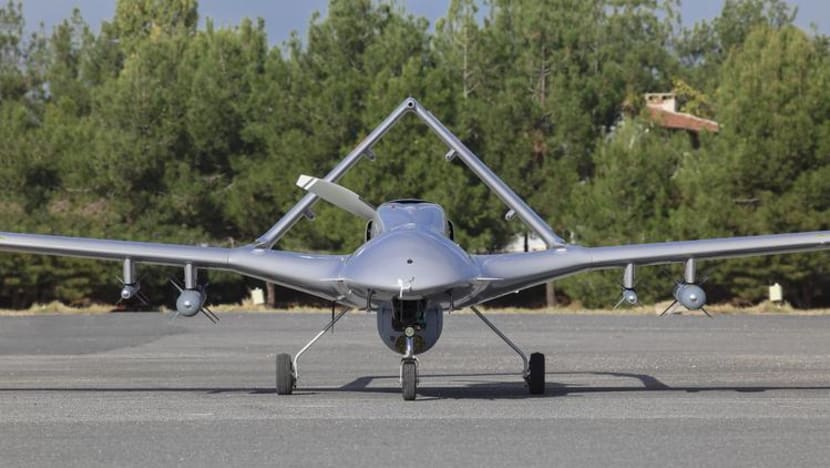
WHY THE SHIFT
So, what are the primary motivations driving Southeast Asian countries to increasingly acquire military platforms and technology from ░š├╝░∙░ņŠ▒▓Ō▒, expanding beyond traditional suppliers such as the US, China and Russia among others?
Abdul Rahman Yaakob - a research fellow at the Southeast Asia Program, Lowy Institute - said that in IndonesiaŌĆÖs case, a US arms embargo between 1999 and 2005 impacted the Southeast Asian countryŌĆÖs strategic thinking.
The embargo was placed due to purported human rights violations committed by the Indonesian military, especially during its occupation of Timor Leste.
ŌĆ£For the Indonesian Armed Forces, diversification of arms suppliers is a critical strategy to ensure they have a steady and secure arms supply, and not beholden to any specific power,ŌĆØ said Rahman.
He added that access to foreign technology was a key criterion when Jakarta decides on which platforms to acquire.
ŌĆ£In the long-run, Jakarta hopes to access advanced technologies from external partners to develop its own defence industry. In this case, we have seen ░š├╝░∙░ņŠ▒▓Ō▒ agree to share military platforms technology with Indonesia, especially in drones and missiles, for example,ŌĆØ he said.
IndonesiaŌĆÖs deal for 48 KAAN fighter jets includes technology transfer, local assembly, and industrial roles for PT Dirgantara and PT Republik Aero Dirgantara, enabling co-production.
PT Dirgantara is a state-owned aerospace company while PT Republik Aero Dirgantara is a private defence company.
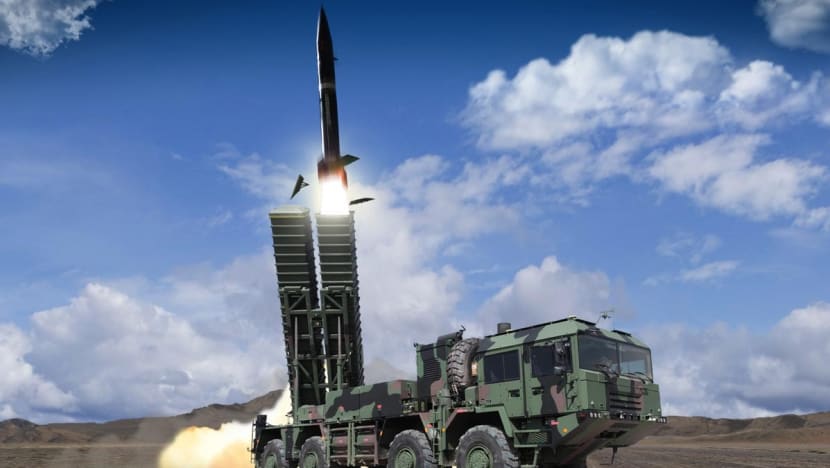
Rahman said that similarly, ░š├╝░∙░ņŠ▒▓Ō▒ is working with Malaysia to transfer military technology in the areas of management systems as well as the maintenance, repair and overhaul of naval weaponry.
Cost is another major factor, Rahman posited, believing that Malaysia and Indonesia have limited defence budgets and many weapon systems are costly.
Meanwhile, Jamil said that Turkish platforms - particularly Bayraktar TB2 unmanned aerial vehicles (UAV), estimated around US$5 million per unit - are significantly less expensive than American MQ-9 Reapers, reported to cost US$30 million each.
ŌĆ£This makes them (Bayraktar TB2) widely regarded as cost-effective while offering operational capability,ŌĆØ he said.
Defence analyst Lam Choong Wah of University Malaya said that Malaysia is turning to ░š├╝░∙░ņŠ▒▓Ō▒ because of political considerations, citing the friendship between Malaysian Prime Minister Anwar Ibrahim and Turkish President Recep Tayyip Erdogan.
ŌĆ£For Malaysia, there is also the added element of political trust and a shared religious identity that strengthens the long-term relationship. Political relationships are the main reason for any arms deal,ŌĆØ he told ┬ķČ╣┤½├Į.
Agreeing with Lam, Khairul said that the political flexibility offered by ░š├╝░∙░ņŠ▒▓Ō▒, without many political strings attached, made it more aligned with the foreign policy model pursued by many countries in the region.
ŌĆ£This cooperation encourages a multi-partner strategy so that Southeast Asian countries do not have to be dependent on one specific supplier or bloc,ŌĆØ he said.
CHALLENGES ABOUND
But while procuring Turkish arms can seem attractive, analysts pointed to several key concerns that could complicate long-term integration and operational readiness.
Khairul the military analyst said that the main challenge for Indonesia and Malaysia is the integration of new platforms into a highly diverse inventory, which includes Western, Russian and Chinese defence equipment.
ŌĆ£This could lead to interoperability issues,ŌĆØ he said.
Rahman echoed this view and said Indonesia was likely to face critical issues in integrating and maintaining the new systems, questioning how the KAAN aircraft would operate with the Russian Sukhoi Su-30 and American F-16s that the Indonesian Air Force are still using.
He added that another issue could be the cost of maintenance, with these budgets often overlooked by Malaysia and Indonesia.
ŌĆ£Many aircraft or expensive platforms could not even operate optimally in the long run when they are not well-maintained,ŌĆØ he warned.
Lam added that another factor to consider when it comes to maintenance is that many of the critical parts in Turkish weapons, such as avionics, engines, and radar systems, are still dependent on suppliers from the US, the United Kingdom and Europe.
He questioned whether the Turkish companies would be able to provide support for these components or if there would be a need to go back to the original equipment manufacturers.
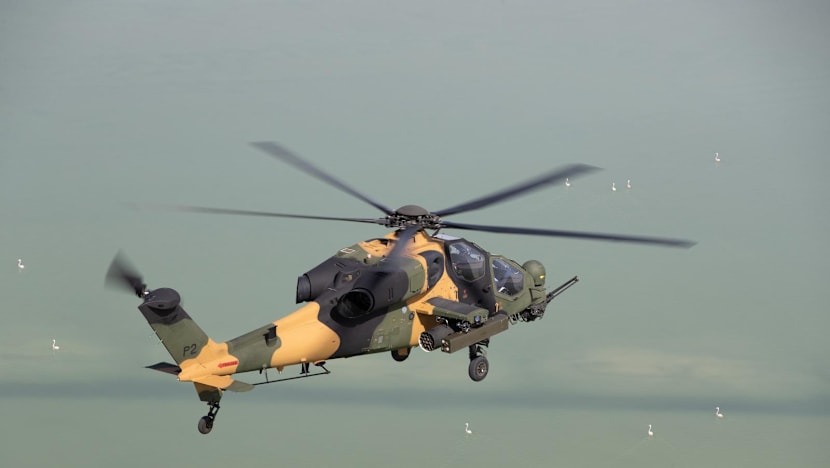
Jamil said that legitimate concerns are already influencing how deals are viewed and structured.
He pointed out that the KAAN fighter jets - which made their maiden flight in February 2024 - remain in the prototype phase and full operational deployment is expected later in the decade.
He said potential buyers are likely to insist on phased deliveries, demonstration of performance in relevant conditions, strong support packages, and warranties.
He added that thereŌĆÖs also risk around reliance on non-indigenous components such as engines, which could be subject to licensing or export restrictions.
ŌĆ£These factors could cause some countries to hedge - keeping older systems in service or acquiring proven alternatives alongside KAAN (jets) until its reliability and maintenance burdens become well understood,ŌĆØ he said.
Khairul said that because the KAAN jet was not yet tested, countries besides Indonesia would be cautious and look at its real-world performance before making any commitment to purchase them.
ŌĆ£In contrast, systems that have been proven on the battlefield, such as the Bayraktar TB2 and Akinci UAVs, are more easily accepted. So, in the short term, I think countries in the region will prefer proven systems while continuing to monitor new projects like KAAN (jet) for the long term," he said.

















